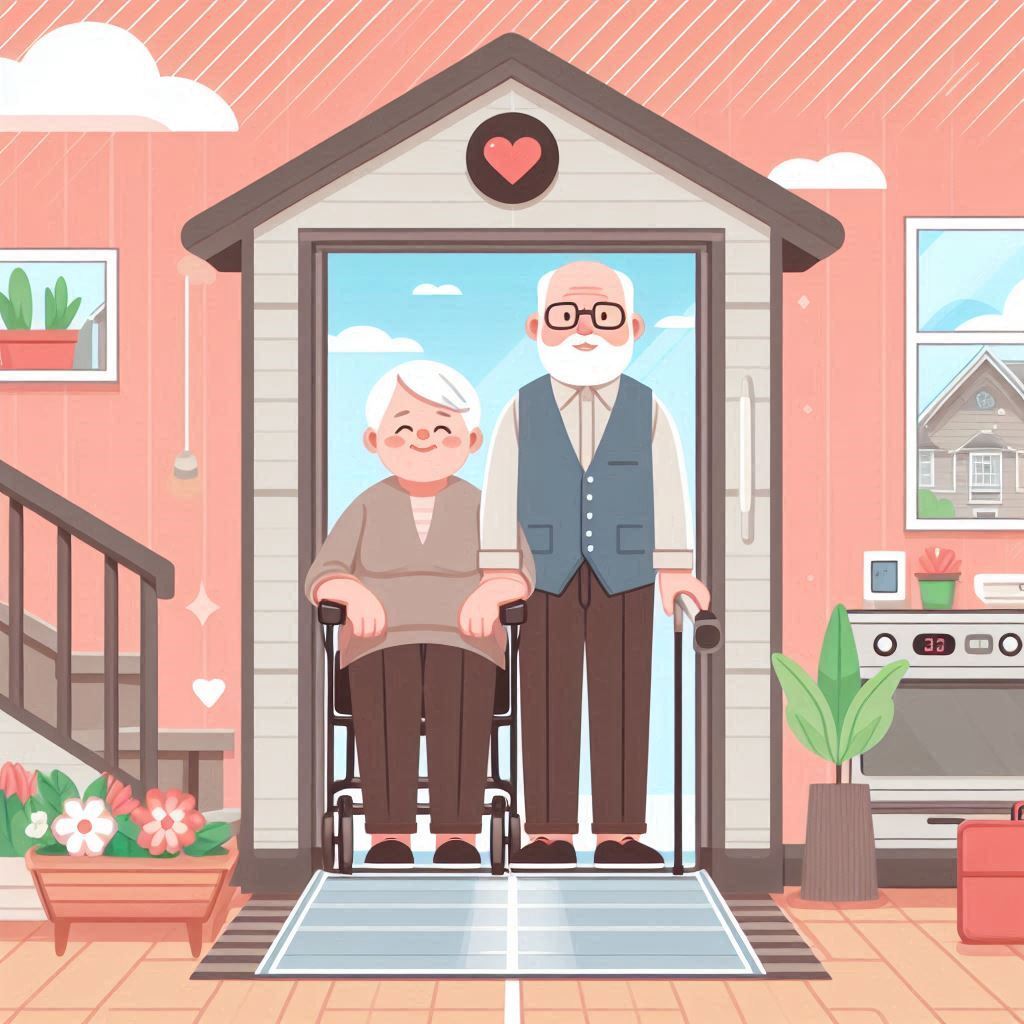Navigating your home should be effortless, yet many families face challenges as loved ones age. What was once a simple task of climbing stairs can become a daily struggle for seniors or those with mobility limitations. Home elevators are increasingly becoming a practical solution rather than a luxury, making living spaces safer, more accessible, and more comfortable. If you’re caring for aging family members or planning for your own future, here are five important signs that it might be time to invest in a senior-friendly elevator.
1. Stairs Have Become a Daily Challenge
The most evident sign is when climbing stairs becomes increasingly difficult. Natural aging brings changes in strength, balance, and stamina, making multiple flights of stairs exhausting or potentially hazardous. For those with arthritis, joint pain, or chronic conditions, the repetitive motion of stair climbing can cause discomfort and increase injury risk.
Watch for warning signs like needing to rest midway up the stairs, relying heavily on handrails, or avoiding certain areas of the home because they require stair access. A home elevator can transform accessibility, providing a safe and easy way to move between floors.
2. Safety Concerns Are Growing
Safety is a primary reason families consider home elevators. Stairs represent one of the most common locations for falls, especially among older adults. According to the National Council on Aging, falls are a leading cause of injury for seniors, often resulting in hospitalization and lengthy recovery periods.
Even without a history of falls, signs like unsteady footing on stairs or difficulty carrying items between floors indicate increased risk. A senior-friendly elevator eliminates these hazards, offering features like non-slip flooring, backup power systems, and smooth operation for reliable, safe transportation.
3. You’re Supporting Someone with Mobility Limitations
Caregivers understand how quickly mobility issues can affect independence. For those using mobility aids like walkers, canes, or wheelchairs, stairs can become nearly insurmountable barriers, often requiring constant assistance. This creates strain for both the person needing help and their caregiver.
A home elevator provides relief by allowing more independent movement between floors without assistance. This benefits the person with mobility challenges while reducing the physical and emotional burden on caregivers, creating a more harmonious living situation.
4. You’re Planning to Stay in Your Home Long-Term
Many homeowners prefer to “age in place,” remaining in their familiar homes as they grow older. While emotionally appealing, most traditional homes weren’t designed with aging in mind, featuring narrow staircases, multiple levels, and layouts that become challenging for seniors.
Installing a senior-friendly elevator is a forward-thinking investment that ensures your home will accommodate your needs both now and in the future. Even if mobility isn’t currently an issue, having an elevator already in place saves time, stress, and potentially higher costs later. It can also increase your property value, as accessible housing features are increasingly sought after by buyers.
5. You Value Enhanced Convenience and Comfort
Accessibility isn’t solely about necessity—it’s also about improving quality of life. Home elevators benefit everyone, not just those with mobility challenges. Imagine effortlessly transporting heavy laundry baskets, groceries, or luggage between floors instead of struggling up stairs.
Modern senior-friendly elevators are designed to be practical for all household members. They’re typically compact, quiet, and can be customized to complement your home’s aesthetic. Whether you’re hosting family gatherings, assisting young children, or simply seeking a more efficient lifestyle, an elevator enhances everyday living.
Approaching the Conversation About Home Elevators
Discussing the installation of a senior-friendly elevator requires sensitivity and understanding. Here are some tips for a productive conversation:
- Choose an appropriate moment when everyone is relaxed and receptive
- Express genuine concern for safety and quality of life
- Listen attentively to concerns about cost, appearance, or installation disruption
- Share information about modern elevator designs and professional installation processes
- Emphasize the benefits of increased independence and reduced safety risks
- Include your loved one in the decision-making process to maintain their sense of autonomy
By recognizing these signs and approaching the topic thoughtfully, you can make an informed decision about whether a senior-friendly elevator is right for your home and family.





